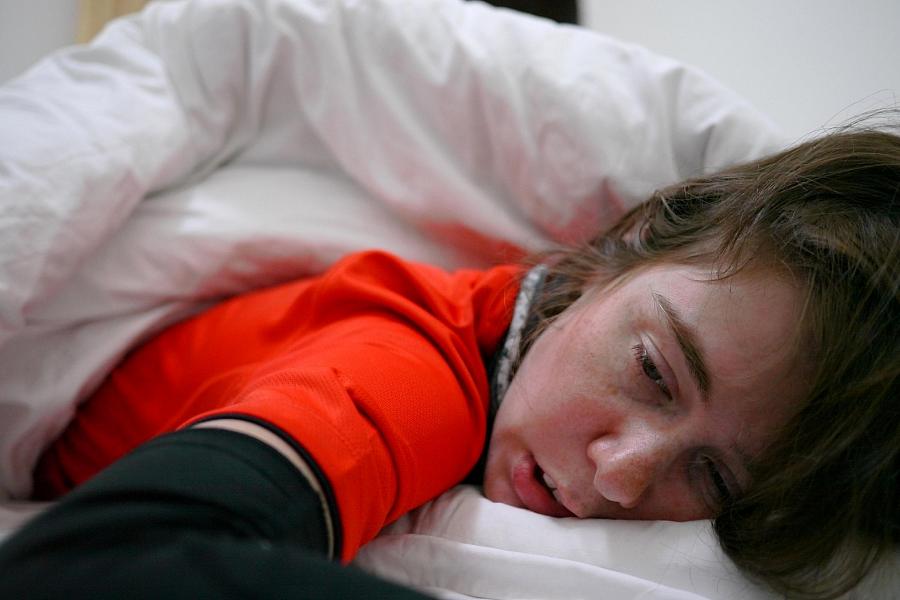If patients were better at reporting food poisoning, we could all keep our lunch

Often, the assumptions people make about a doctor’s frustrations aren’t necessarily rooted in reality. People say, “You must be so tired of people Googling their symptoms and bringing in printouts from WebMD.” Or, “You must hate it when your friends call you for medical advice.”
Those things actually are not that bad, when not done in excess. Now, I could tell gory stories about bad medical records software and duplicitous insurance companies, but one frustration stands out above all.
Patients, please, please report your food poisoning to your local health department.
After doing some serious time in urgent care, I have a shortlist of restaurants into which I will never step clog-covered foot. Contaminated tacos and burgers keep doctors in business and my patients doubled over in pain. If you say the name of any of these dining establishments to me, my brain whispers, “Diarrhea.” But, for some reason, the outrage and discomfort of food poisoning doesn’t seem to trigger the righteous, justice-will-be-served reaction that it should in patients.
Ideally, when a patient has food poisoning symptoms, he or she would call the health department to let them know. Some departments even have a convenient online form. The health department would swing into action, interviewing the restaurant and the patient, maybe test food samples at the restaurant and seek out other customers to find out who else has fallen ill. Most importantly, the health department stops the sale of any possibly contaminated food.
Doctors can report food poisoning themselves, of course, but it’s often difficult to accomplish during a busy clinic day, and the health department form goes into much greater detail than would be gained from a medical encounter. Information that is superfluous to the doctor (“what were all the ingredients in the sandwich?”) can make or break a disease detective’s investigation.
I’ve tried guilt (“What if a little kid dies of a mutant E. coli strain after eating a burger?”), and pleading to get people to report poisoning, but no matter how indignant the patients, amnesia seems to strike as soon as they pop their last Cipros. Meanwhile, I picture an E. coli-tainted field of lettuce somewhere, with farmworkers blissfully unaware of the leafy disease bombs they are loading onto trucks headed for fast-food restaurants.
I did spend another year outside of medical school studying epidemiology at UC Berkeley, so naturally my brain is more wired to the importance of prompt reporting and containment of the infectious source. Then again, anyone who watched the popular film “Contagion” knows at least 60 percent of the basic concepts of outbreak epidemiology. Nipping the outbreak in the bud is good. Waiting is bad.
Journalists can play an important role in highlighting food poisoning incidents. In 2015, LAist and NBC Los Angeles released colorful maps of known food poisoning outbreaks in Los Angeles County. The outbreaks were numerous and even featured 13 norovirus cases from the fancy sushi restaurant Nobu Malibu.
Food poisoning occurs on a regular basis, but the CDC’s count of about 13,000 people affected per year seems like a huge undercount. Those were just the ones the detectives were able to identify. Catching people in an outbreak takes a lot of interviews, lab tests — and cooperation by patients.
There is hope. Some patients choose Yelp.com as their venting platform of choice, and savvy epidemiologists scan Yelp for clues to outbreaks.
A new app, created by the Chicago Department of Public Health, sends information about how to properly report food poisoning to Twitter users that complain about it. The code for this nifty service is available to any city that wants to use it.
Technology aside, rest assured that health departments want to hear from people sick after dining — even if the symptoms seem mild. If everyone made that phone call as soon as they suspected an errant lobster taco, it could save countless people from losing their next lunches.
[Photo by likeablerodent via Flickr.]

